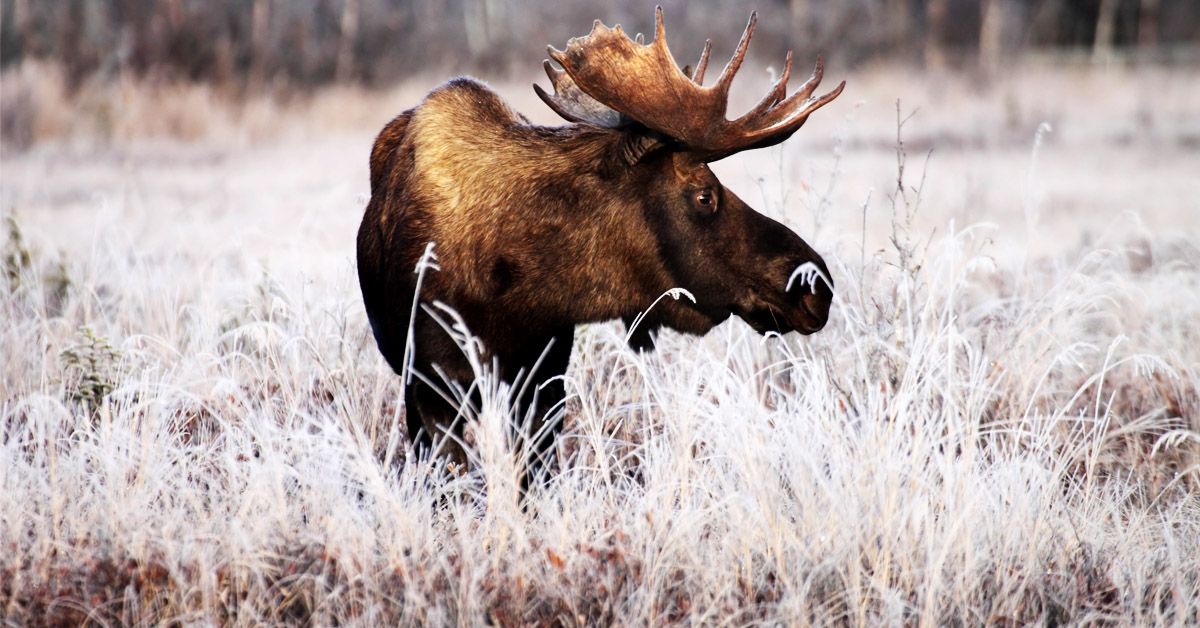In our last blog, we began a conversation about driving safely in the coming months. As thedays get shorter and the nights get longer, we will spend more time behind the wheel in the dark. This can bring us in close proximity with wildlife. To learn more about driving in high wildlife areas, keep reading.
SECURITY INSURANCE GROUP
Now Licensed in 29 States - Find a Local Brokerage Near You

TIPS TO AVOID ANIMAL COLLISIONS
Watch Out For Animals on the RoadNorthern Colorado encompasses terrain that extends from areas up in the Big Thompson and Poudre Canyons to way out on the plains. Depending on where in this large area you are, you could encounter, bighorn sheep, moose, elk, mule deer, antelope, or coyotes. In some areas, you may even encounter a stray cow or sheep. If you don’t think driving and wildlife is not a problem, here are some statistics that may change your mind.
- According to DMV.org there is an auto accident involving wildlife occurs every 39 minutes.
- One out of every 17 car accidents involves an animal.
- “84% of all wildlife collisions occur in good weather on dry roads.”
- “Approximately 200 motorists die in the United States each year from car-wildlife collisions.”
Safe Driving Habits
- There are some things you can do when you are driving at night to help you avoid hitting an animal.
- Slow down. Going just five miles an hour slower than the posted speed limit can make a difference.
- Watch the sides of the road for the reflection of eyes. If you see eyes, slow down as the animal(s) may walk out into the road.
- Be especially alert at dusk and dawn, as animals are most active during these times.
- In our area, be aware that Highway 287 between Fort Collins to the Wyoming line is especially dangerous , as is highway 34 from Loveland into the Big Thompson Canyon.
- Where there is one animal, there are likely more. Especially herd animals like deer and elk travel in numbers so if you see one crossing the road, pass that area very slowly.
- Pick up your speed up only you stop seeing any animals on the side of the road.
- If the animal seems to be just standing at the side of the road, slow down to a near stop and toot your horn at it, just loud enough to get it moving.
Flash your lights at oncoming traffic to alert them to the danger.
- Remember than there are plenty of deer in the cities of Northern Colorado as well, not just out in the rural areas.
To Swerve or Not to Swerve
- It is actually more dangerous to swerve to avoid hitting an animal in the road, than just hitting it.
- Swerving can take you into the path of other vehicles, off the road and down a ravine or into a tree.
- As bad as an animal strike can be, hitting a tree or another car is worse.
- If you know you can’t avoid hitting the animal, do what DMV.org suggests, “lock the breaks, hit the horn, and duck down behind the dashboard.
- The ONLY animal you should swerve for is a moose. These gargantuan animals will take you out for sure if you hit it, so that is to be avoided at all costs.
- ake your chances with a ditch, rather than a 1,600-pound moose.
If you need car insurance or are looking for a new carrier or a new agent who will get you a policy that fits your needs perfectly, call Security Insurance Group.

